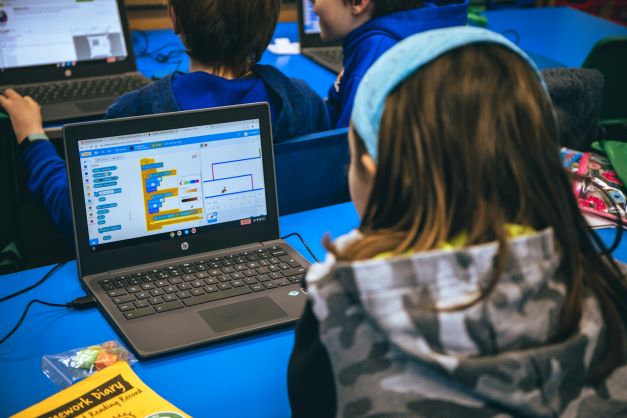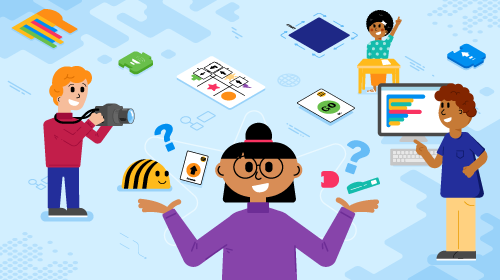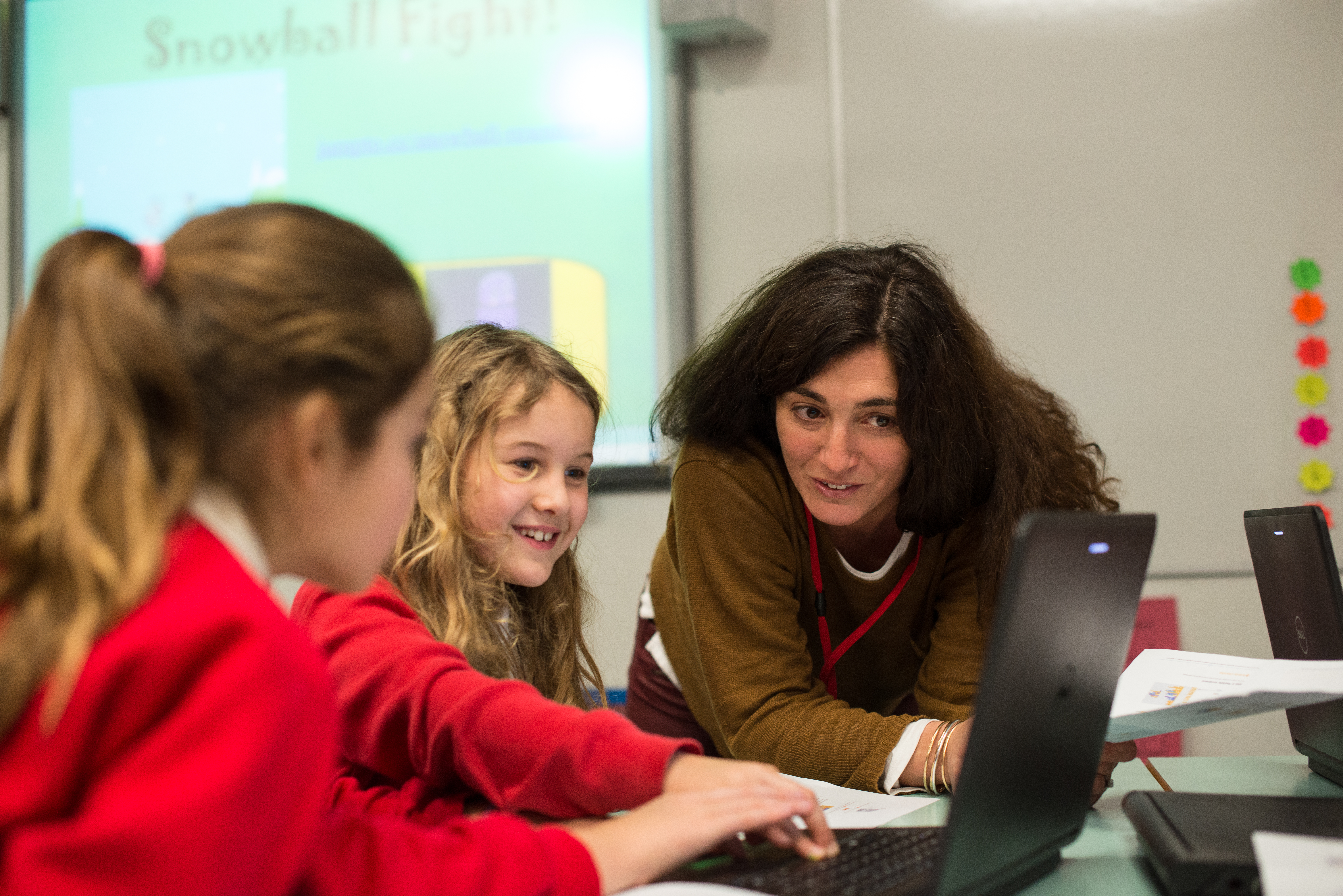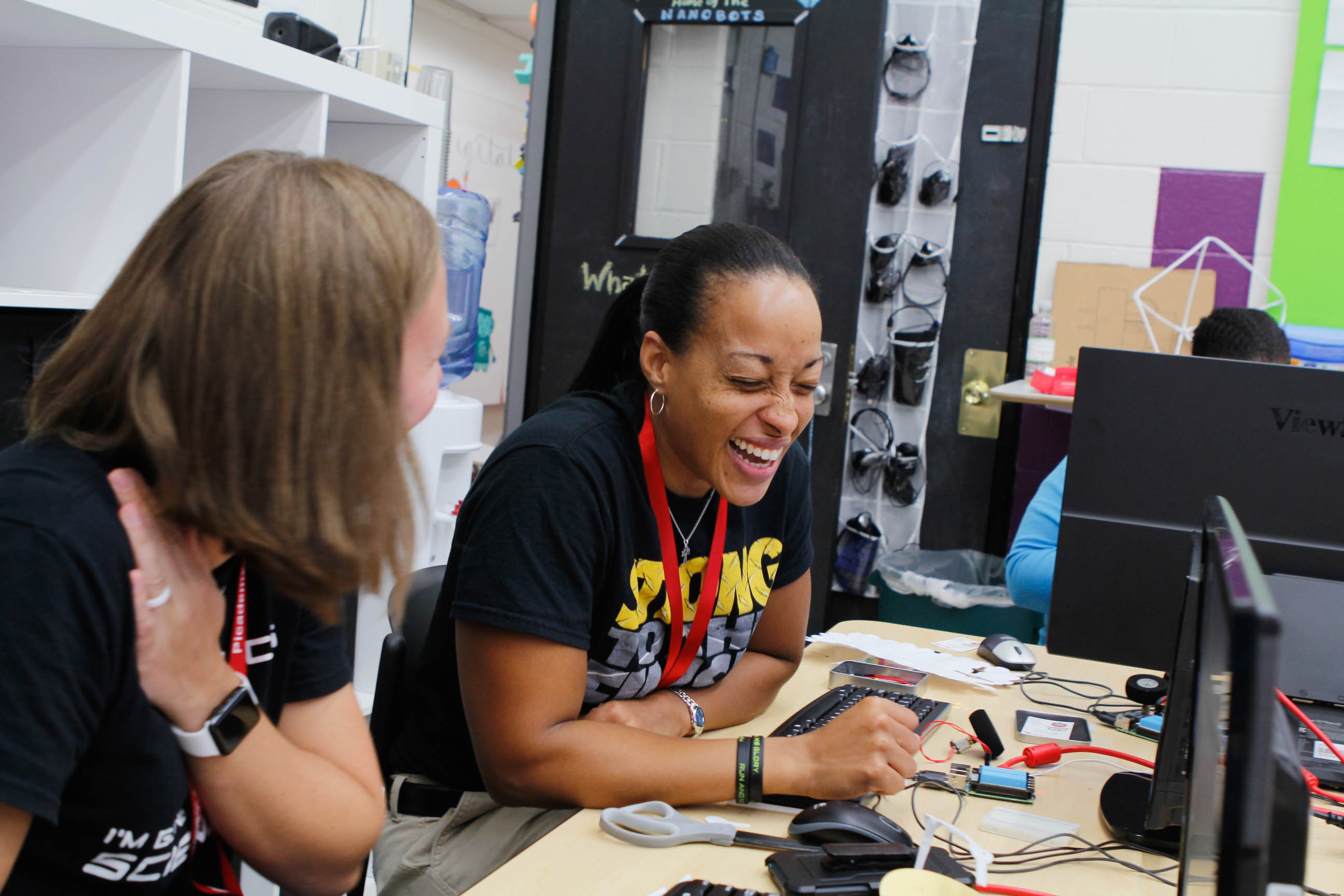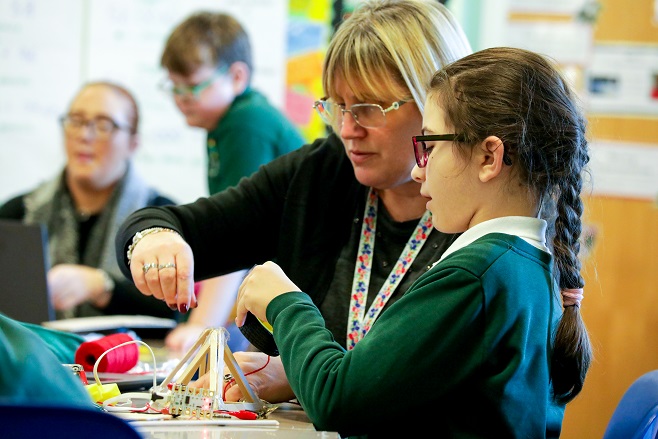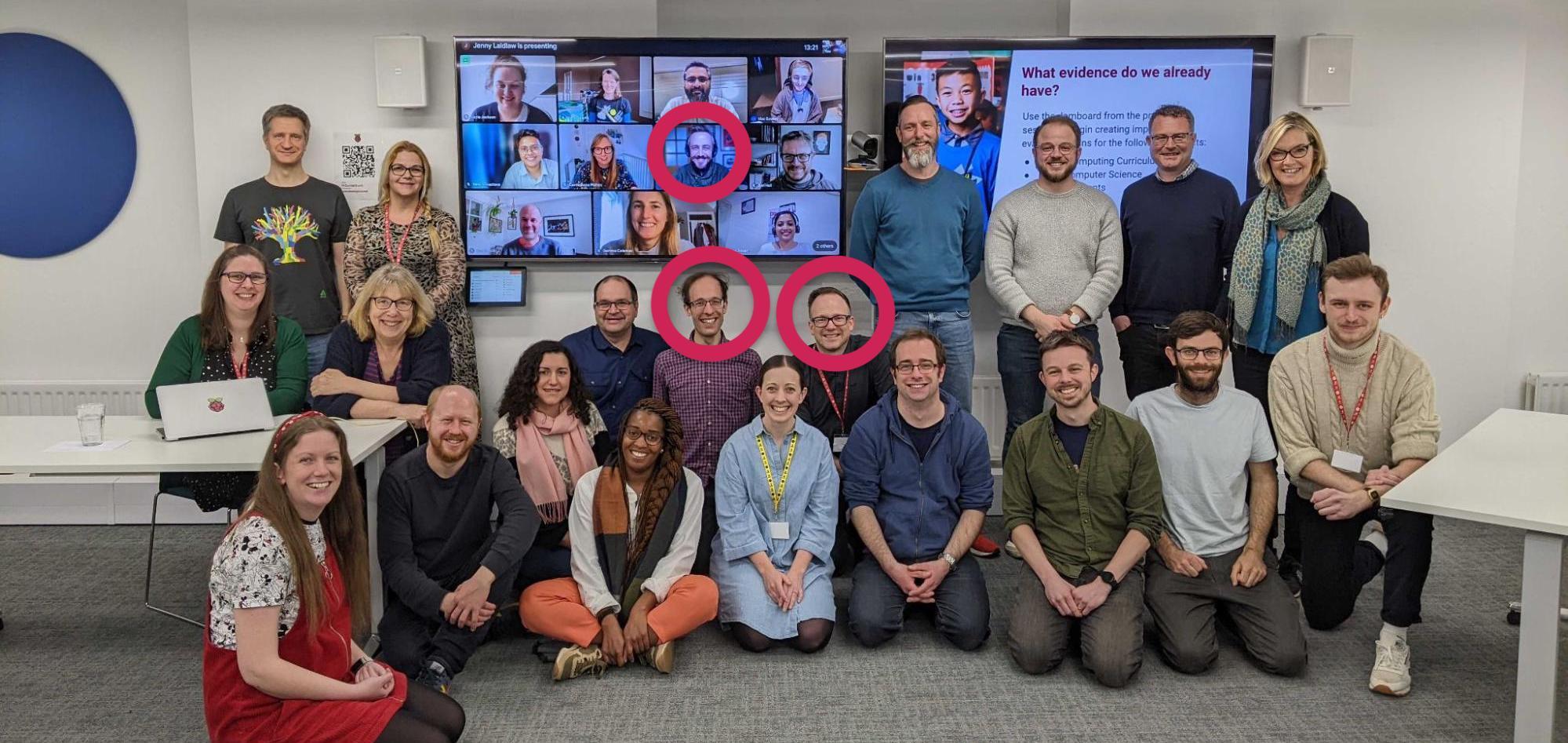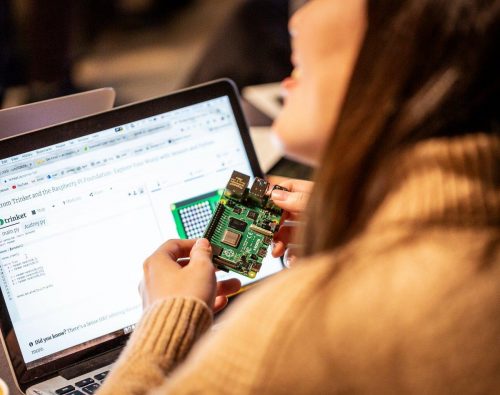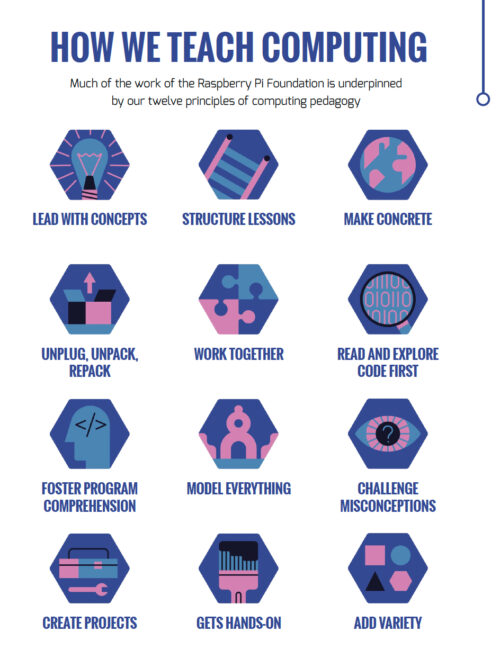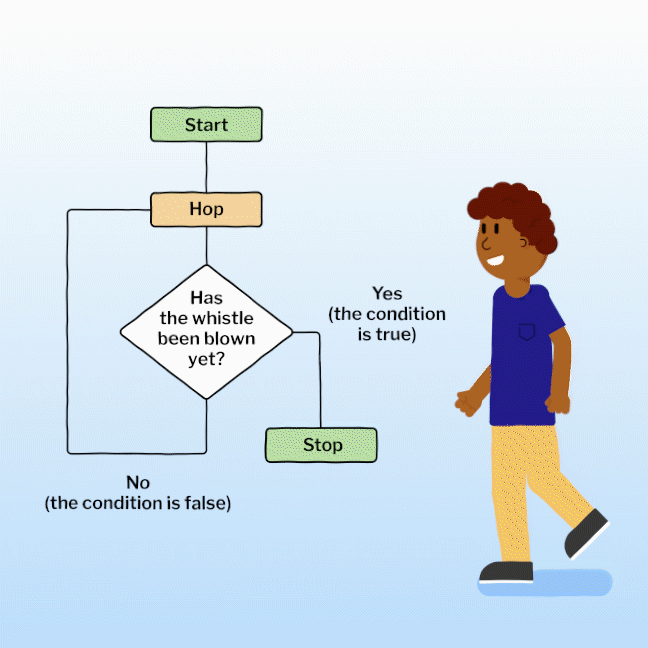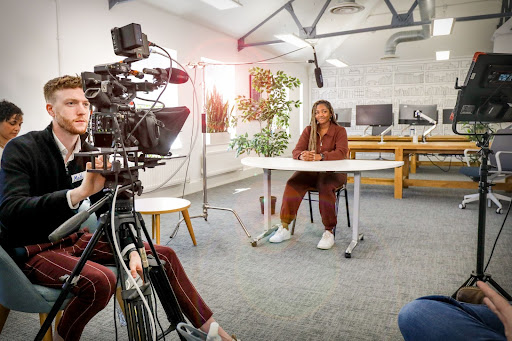Post Syndicated from Claire Johnson original https://www.raspberrypi.org/blog/culturally-relevant-pedagogy-areas-opportunity-adapting-lessons/
Underrepresentation in computing is a widely known issue, in industry and in education. To cite some statistics from the UK: a Black British Voices report from August 2023 noted that 95% of respondents believe the UK curriculum neglects black lives and experiences; fewer students from working class backgrounds study GCSE Computer Science; when they leave formal education, fewer female, BAME, and white working class people are employed in the field of computer science (Kemp 2021); only 21% of GCSE Computer Science students, 15% at A level, and 22% at undergraduate level are female (JCQ 2020, Ofqual 2020, UCAS 2020); students with additional needs are also underrepresented.
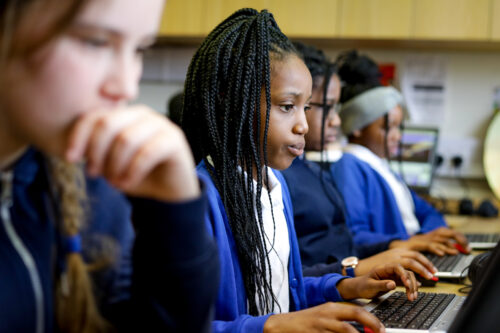
Such statistics have been the status quo for too long. Many Computing teachers already endeavour to bring about positive change where they can and engage learners by including their interests in the lessons they deliver, so how can we support them to do this more effectively? Extending the reach of computing so that it is accessible to all also means that we need to consider what formal and informal values predominate in the field of computing. What is the ‘hidden’ curriculum in computing that might be excluding some learners? Who is and who isn’t represented?

In a recent research seminar, Katharine Childs from our team outlined a research project we conducted, which included a professional development workshop to increase primary teachers’ awareness of and confidence in culturally relevant pedagogy. In the workshop, teachers considered how to effectively adapt curriculum materials to make them culturally relevant and engaging for the learners in their classrooms. Katharine described the practical steps teachers took to adapt two graphics-related units, and invited seminar participants to apply their learning to a graphics activity themselves.
What is culturally relevant pedagogy?
Culturally relevant pedagogy is a teaching framework which values students’ identities, backgrounds, knowledge, and ways of learning. By drawing on students’ own interests, experiences and cultural knowledge educators can increase the likelihood that the curriculum they deliver is more relevant, engaging and accessible to all.
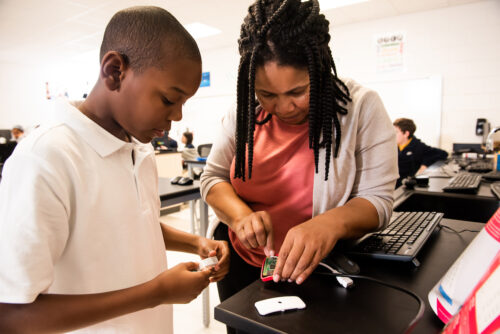
The idea of culturally relevant pedagogy was first introduced in the US in the 1990s by African-American academic Gloria Ladson-Billings (Ladson-Billings 1995). Its aim was threefold: to raise students’ academic achievement, to develop students’ cultural competence and to promote students’ critical consciousness. The idea of culturally responsive teaching was later advanced by Geneva Gay (2000) and more recently brought into focus in US computer science education by Kimberly Scott and colleagues (2015). The approach has been localised for England by Hayley Leonard and Sue Sentance (2021) in work they undertook here at the Foundation.
Ten areas of opportunity
Katharine began her presentation by explaining that the professional development workshop in the Primary culturally adapted resources for computing project built on two of our previous research projects to develop guidelines for culturally relevant and responsive computing and understand how teachers used them in practice. This third project ran as a pilot study funded by Cognizant, starting in Autumn 2022 with a one-day, in-person workshop for 13 primary computing teachers
Katharine then introduced us to the 10 areas of opportunity (AO) our research at the Raspberry Pi Computing Education Research Centre had identified for culturally relevant pedagogy. These 10 areas were used as practical prompts to frame the workshop discussions:
- Find out about learners
- Find out about ourselves as teachers
- Review the content
- Review the context
- Make the learning accessible to all
- Provide opportunities for open-ended and problem solving activities
- Promote collaboration and structured group discussion
- Promote student agency through choice
- Review the learning environment
- Review related policies, processes, and training in your school and department
At first glance it is easy to think that you do most of those things already, or to disregard some items as irrelevant to the computing curriculum. What would your own cultural identity (see AO2) have to do with computing, you might wonder. But taking a less complacent perspective might lead you to consider all the different facets that make up your identity and then to think about the same for the students you teach. You may discover that there are many areas which you have left untapped in your lesson planning.
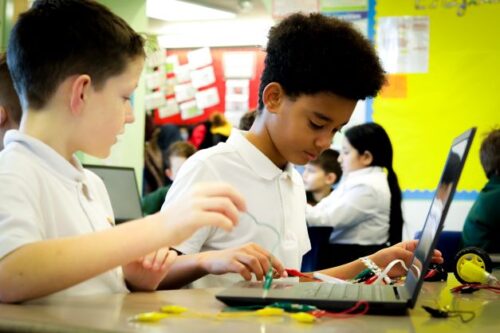
Katharine explained how this is where the professional development workshop showed itself as beneficial for the participants. It gave teachers the opportunity to reflect on how their cultural identity impacted on their teaching practices — as a starting point to learning more about other aspects of the culturally relevant pedagogy approach.
Our researchers were interested in how they could work alongside teachers to adapt two computing units to make them more culturally relevant for teachers’ specific contexts. They used the Computing Curriculum units on Photo Editing (Year 4) and Vector Graphics (Year 5).
Katharine illustrated some of the adaptations teachers and researchers working together had made to the emoji activity above, and which areas of opportunity (AO) had been addressed; this aspect of the research will be reported in later publications.
Results after the workshop
Although the numbers of participants in this pilot study was small, the findings show that the professional development workshop significantly increased teachers’ awareness of culturally relevant pedagogy and their confidence in adapting resources to take account of local contexts:
- After the workshop, 10/13 teachers felt more confident to adapt resources to be culturally relevant for their own contexts, and 8/13 felt more confident in adapting resources for others.
- Before the workshop, 5/13 teachers strongly agreed that it was an important part of being a computing teacher to examine one’s own attitudes and beliefs about race, gender, disabilities, sexual orientation. After the workshop, the number in agreement rose to 12/13.
- After the workshop, 13/13 strongly agreed that part of a computing teacher’s responsibility is to challenge teaching practices which maintain social inequities (compared to 7/13 previously).
- Before the workshop, 4/13 teachers strongly agreed that it is important to allow student choice when designing computing activities; this increased to 9/13 after the workshop.
These quantitative shifts in perspective indicate a positive effect of the professional development pilot.
Katharine described that in our qualitative interviews with the participating teachers, they expressed feeling that their understanding of culturally relevant pedagogy had increased and they recognized the many benefits to learners of the approach. They valued the opportunity to discuss their contexts and to adapt materials they currently used with other teachers, because it made it a more ‘authentic’ and practical professional development experience.
The seminar ended with breakout sessions inviting viewers to consider possible adaptations that could be made to the graphics activities which had been the focus of the workshop.
In the breakout sessions, attendees also discussed specific examples of culturally relevant teaching practices that had been successful in their own classrooms, and they considered how schools and computing educational initiatives could support teachers in their efforts to integrate culturally relevant pedagogy into their practice. Some attendees observed that it was not always possible to change schemes of work without a ‘whole-school’ approach, senior leadership team support, and commitment to a research-based professional development programme.
Where do you see opportunities for your teaching?
The seminar reminds us that the education system is not culture neutral and that teachers generally transmit the dominant culture (which may be very different from their students’) in their settings (Vrieler et al, 2022). Culturally relevant pedagogy is an attempt to address the inequities and biases that exist, which result in many students feeling marginalised, disenfranchised, or underachieving. It urges us to incorporate learners’ cultures and experiences in our endeavours to create a more inclusive computing curriculum; to adopt an intersectional lens so that all can thrive.

As a pilot study, the workshop was offered to a small cohort of 13, yet the findings show that the intervention significantly increased participants’ awareness of culturally relevant pedagogy and their confidence in adapting resources to take account of local contexts.
Of course there are many ways in which teachers already adapt resources to make them interesting and accessible to their pupils. Further examples of the sort of adaptations you might make using these areas of opportunity include:
- AO1: You could find out to what extent learners feel like they ‘belong’ or are included in a particular computing-related career. This is sure to yield valuable insights into learners’ knowledge and/or preconceptions of computing-related careers.
- AO3: You could introduce topics such as the ethics of AI, data bias, investigations of accessibility and user interface design.
- AO4: You might change the context of a unit of work on the use of conditional statements in programming, from creating a quiz about ‘Vikings’ to focus on, for example, aspects of youth culture which are more engaging to some learners such as football or computer games, or to focus on religious celebrations, which may be more meaningful to others.
- AO5: You could experiment with a particular pedagogical approach to maximise the accessibility of a unit of work. For example, you could structure a programming unit by using the PRIMM model, or follow the Universal Design for Learning framework to differentiate for diversity.
- AO6/7: You could offer more open-ended and collaborative activities once in a while, to promote engagement and to allow learners to express themselves autonomously.
- AO8: By allowing learners to choose topics which are relevant or familiar to their individual contexts and identities, you can increase their feeling of agency.
- AO9: You could review both your learning materials and your classroom to ensure that all your students are fully represented.
- AO10: You can bring colleagues on board too; the whole enterprise of embedding culturally relevant pedagogy will be more successful when school- as well as department-level policies are reviewed and prioritised.
Can you see an opportunity for integrating culturally relevant pedagogy in your classroom? We would love to hear about examples of culturally relevant teaching practices that you have found successful. Let us know your thoughts or questions in the comments below.
You can watch Katharine’s seminar here:
You can download her presentation slides on our ‘previous seminars’ page, and you can read her research paper.
To get a practical overview of culturally relevant pedagogy, read our 2-page Quick Read on the topic and download the guidelines we created with a group of teachers and academic specialists.
Tomorrow we’ll be sharing a blog about how the learners who engaged with the culturally adapted units found the experience, and how it affected their views of computing. Follow us on social media to not miss it!
Join our upcoming seminars live
On 12 December we’ll host the last seminar session in our series on primary (K-5) computing. Anaclara Gerosa will share her work on how to design and structure early computing activities that promote and scaffold students’ conceptual understanding. As always, the seminar is free and takes place online at 17:00–18:30 GMT / 12:00–13:30 ET / 9:00–10:30 PT / 18:00–19:30 CET. Sign up and we’ll send you the link to join on the day.
In 2024, our new seminar series will be about teaching and learning programming, with and without AI tools. If you’re signed up to our seminars, you’ll receive the link to join every monthly seminar.
The post Engaging primary Computing teachers in culturally relevant pedagogy through professional development appeared first on Raspberry Pi Foundation.

